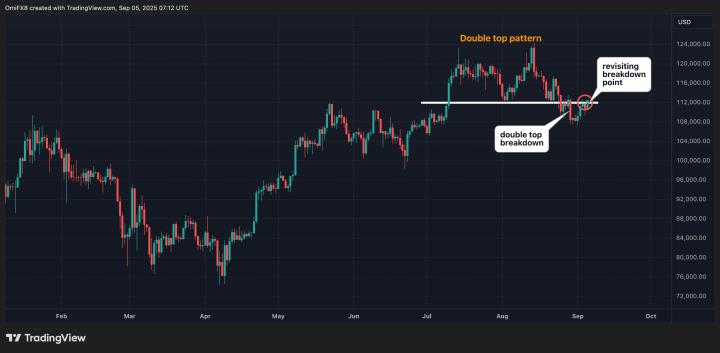
The Financial Supervisory Service has imposed a 20% annual interest rate cap on cryptocurrency lending services and completely banned loans exceeding the collateral value. This measure is intended to curb the recent rush to launch loan products by major exchanges like Upbit and Bithumb.
The Financial Supervisory Service announced guidelines last Friday, stating that it had "developed user protection measures based on global practices." This follows the order in August to temporarily suspend lending services at exchanges.
The key is to block excessive leverage. By prohibiting loans exceeding the collateral value, the risk of chain liquidations like the FTX incident or the Terra-Luna collapse is eliminated. Products requiring cash repayment are also banned, citing violations of the Credit Business Act.
The 20% interest rate cap is higher than traditional credit loans (10-15%), but it's reasonable considering the volatility of cryptocurrencies. However, it's still higher than the 5-15% interest rates on overseas platforms, demonstrating the significant risk premium in the domestic market.
Loan eligibility is limited to the top 20 coins by market cap or coins listed on three or more domestic exchanges. Coins designated as "Investment Warning" by exchanges must immediately cease lending services. This is expected to further strengthen the structure centered on major coins like Bitcoin and Ethereum.
The authorities also implemented safeguards, including limits on loan limits based on user experience and mandatory advance notice of forced liquidation. Exchanges will operate solely on their own capital, and third-party bypass services will be prohibited.
The guidelines will take effect immediately and will be overseen by the Korea Digital Asset Exchange Association. The Financial Supervisory Service announced that it will pursue future legislation based on the implementation results.
The industry expects that while there will be a short-term hit to profitability, market confidence will increase in the medium to long term due to the creation of a predictable regulatory environment.








